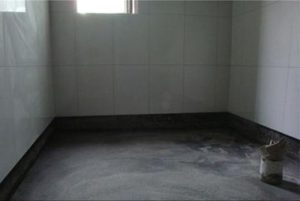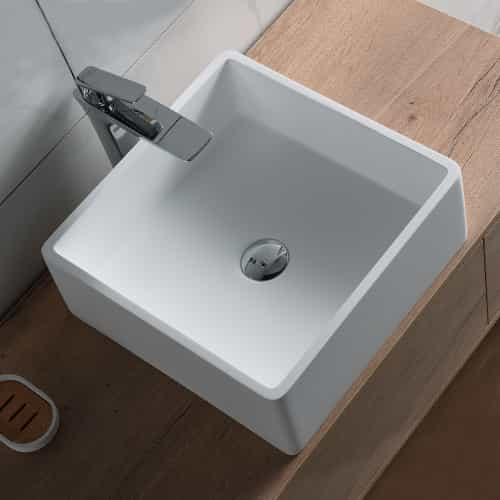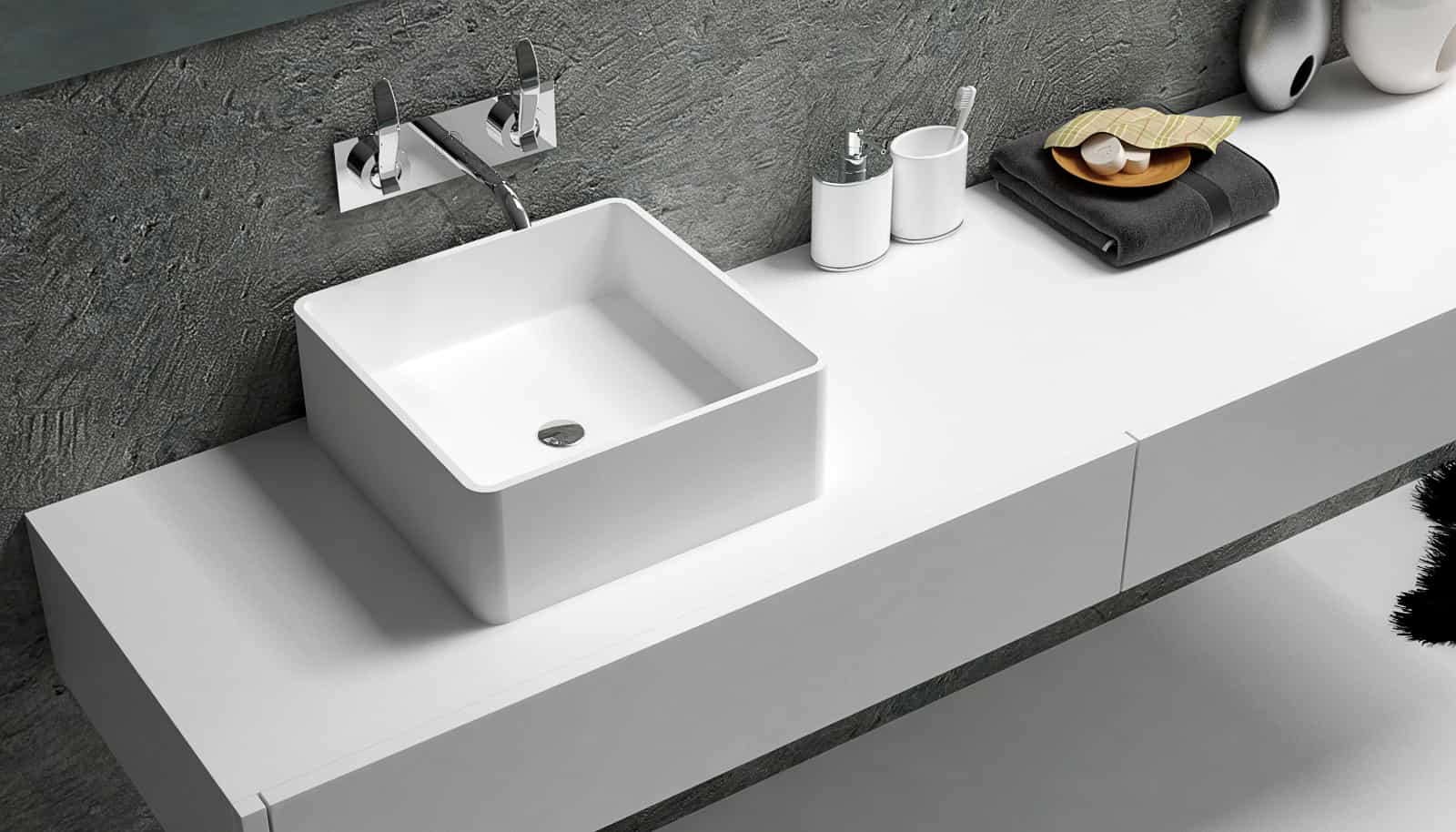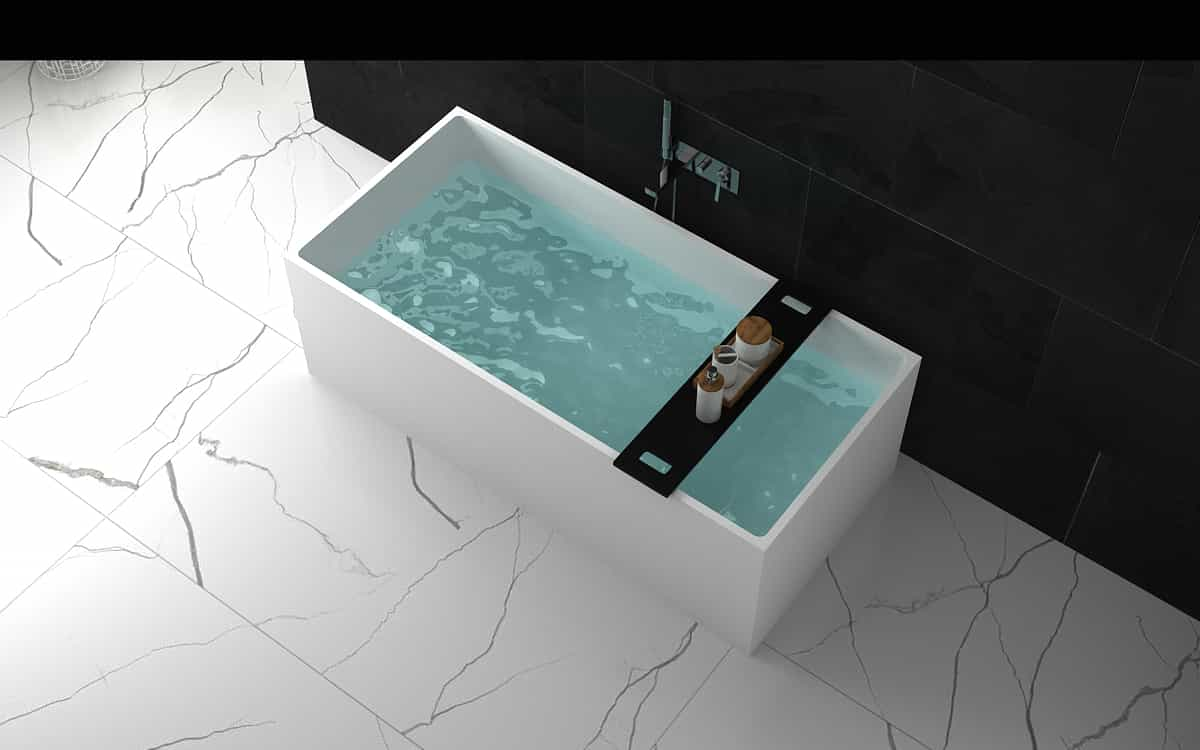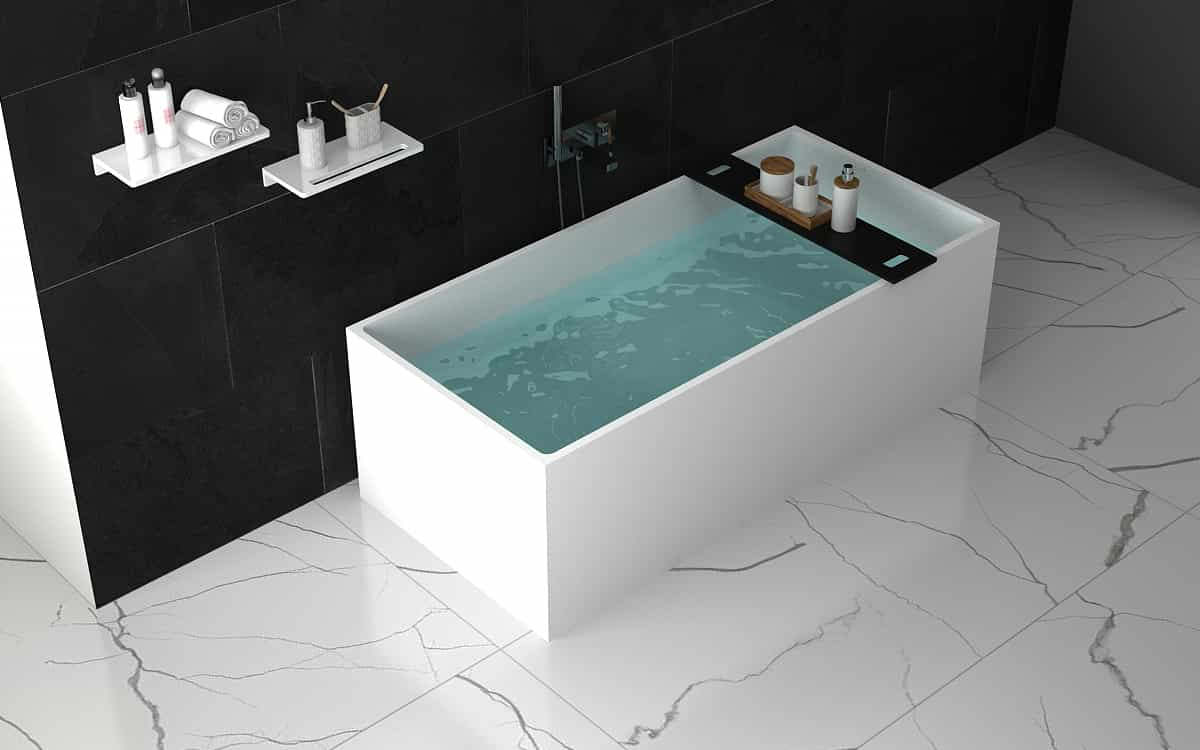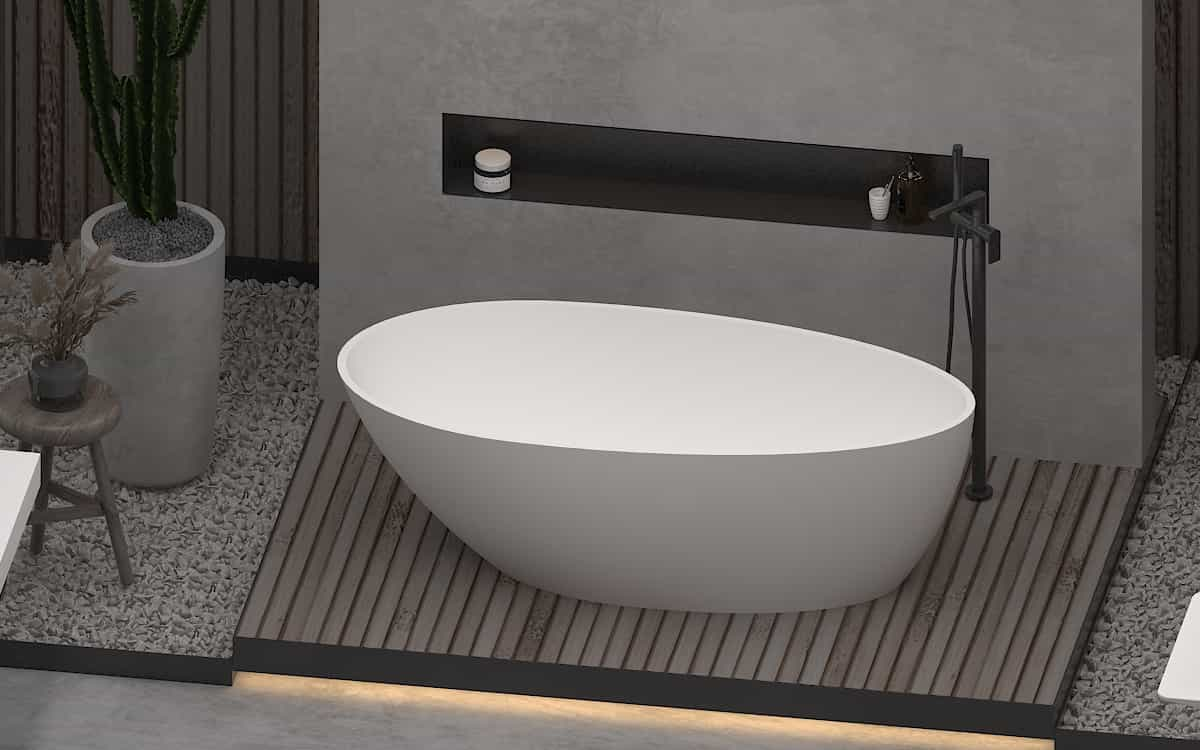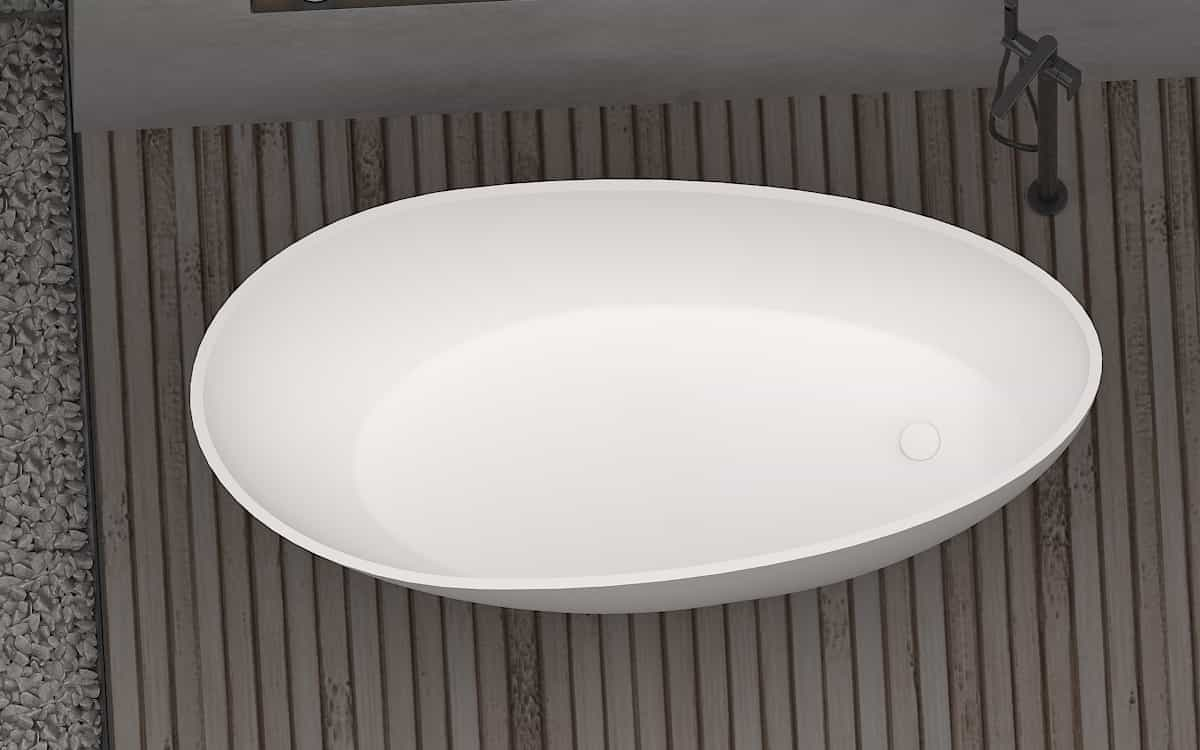In home life, the word waterproof is a very critical issue, especially in the kitchen and bathroom space, where the water consumption is the largest and the indoor humidity is high. It must be waterproofed before laying tiles, otherwise it will seriously affect the quality of the house decoration project.
Quality problems that are prone to occur in ground waterproofing construction
1. Empty drums and cracks: The base layer has not been properly treated, the concrete surface has not been chiseled before brushing plain grout, and the oil stains have not been cleaned with ash and alkali, resulting in empty drums and cracks. In addition, poor maintenance and insufficient maintenance period are also one of the reasons.
2. Leakage: The plastering time of each layer is improperly grasped, and the plastering is too tight, resulting in shedding. If the plain slurry dries too quickly, the mortar of the plastering layer will not bond firmly and cause water seepage. Poor handling of the details such as the joints and wall-pipes may easily cause local leakage, so it must be carefully operated in accordance with the regulations during construction.
Waterproof treatment methods for floors and walls
1. Be sure to level the ground with cement mortar first, and then do waterproof treatment, so as to avoid leakage of waterproof coating due to uneven thickness. Before doing waterproofing, be sure to clean the ground, and repeatedly brush with polyurethane waterproof paint for 2 to 3 times.
2. The joints between the wall and the ground and the pipe ground joints between the upper and lower water are the places where problems are most likely to occur. Workers must be supervised to deal with these corners and corners, and the waterproof coating must be applied in place. The decoration team is required to make cement mulch for the upper and lower water pipes of the kitchen and bathroom, and paint 10 to 20 cm of polyurethane waterproof coating upward from the ground, and then redo the polyurethane waterproofing on the ground, and add the original waterproof layer to form a composite waterproof layer. to enhance water resistance.
3. When bathing in the bathroom, the water will splash on the adjacent wall. If there is no protection of the waterproof layer, the partition wall and the opposite corner wall are prone to moisture and mildew. So be sure to do a good job of waterproofing the wall before laying wall tiles. In general waterproof treatment, the wall surface should be waterproofed to a height of 30 cm, but for non-load-bearing light-weight walls, the entire wall must be waterproofed, at least 1.8 meters high. The waterproof of the wall adjacent to the shower position should also be 1.8 meters high. If a bathtub is used, the height of the waterproof coating on the wall adjacent to the bathtub should also be higher than the upper edge of the bathtub.
4. During the construction process, when pipes, floor drains, etc. pass through the floor, the waterproof layer around the holes must be carefully constructed. The water pipes are buried in the wall to achieve a reasonable layout. When laying water pipes, grooves larger than the diameter of the pipes must be made. The grooves are plastered and smooth, and then polyurethane waterproof paint is applied to the grooves.
In fact, there has never been a unified definition of waterproof materials. The continuous update of waterproof technology has also accelerated the diversification of waterproof materials. Generally speaking, it prevents rainwater, groundwater, industrial and civil water supply and drainage, corrosive liquids, and moisture and steam in the air. Materials that invade buildings such as waterproofing are basically collectively referred to as waterproofing materials.
Variety of waterproof materials
According to its main raw materials, it is divided into 4 categories:
1. Asphalt waterproof material. With natural asphalt, petroleum asphalt and coal asphalt as the main raw materials, asphalt felt, paper-based asphalt felt, solvent-based and water-emulsified asphalt or asphalt rubber coatings, ointments, have good adhesion, plasticity, Water resistance, corrosion resistance and durability.
2. Rubber and plastic waterproof materials. With neoprene, butyl rubber, EPDM rubber, polyvinyl chloride, polyisobutylene and polyurethane and other raw materials, it can be made into elastic tireless waterproof membrane, waterproof film, waterproof coating, coating material, ointment and cement , Waterstop and other sealing materials have the characteristics of high tensile strength, high elasticity and elongation, good adhesion, water resistance and weather resistance, etc., can be used cold, and have a long service life.
3. Cement waterproof material. Admixtures that have a compacting effect on cement, such as waterproofing agents, air-entraining agents, and expansion agents, can enhance the hydrophobicity and impermeability of cement mortar and concrete; Mortar can be used for plugging and waterproofing of underground engineering.
4. Metal waterproof materials. Thin steel sheets, galvanized steel sheets, profiled steel sheets, and coated steel sheets can be directly used as roof panels for waterproofing. The thin steel plate is used for the metal waterproof layer of the basement or underground structures. Thin copper plates, thin aluminum plates, and stainless steel plates can be made into waterstops for deformation joints of buildings. The joints of the metal waterproof layer should be welded and painted with anti-rust protective paint.
